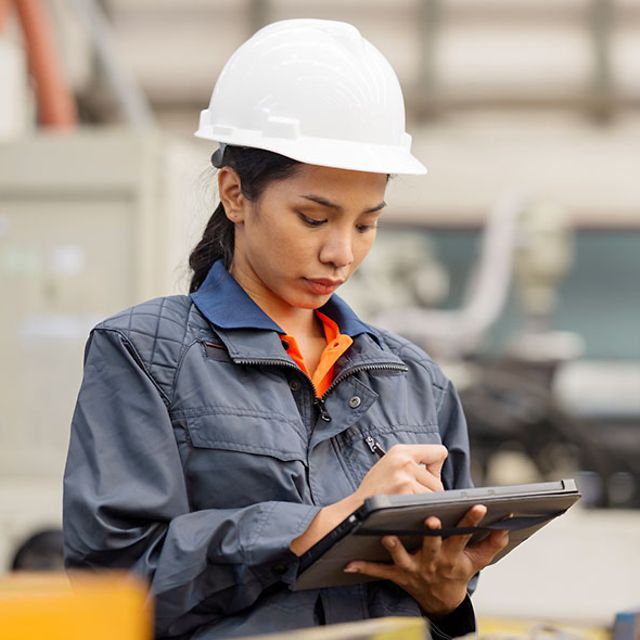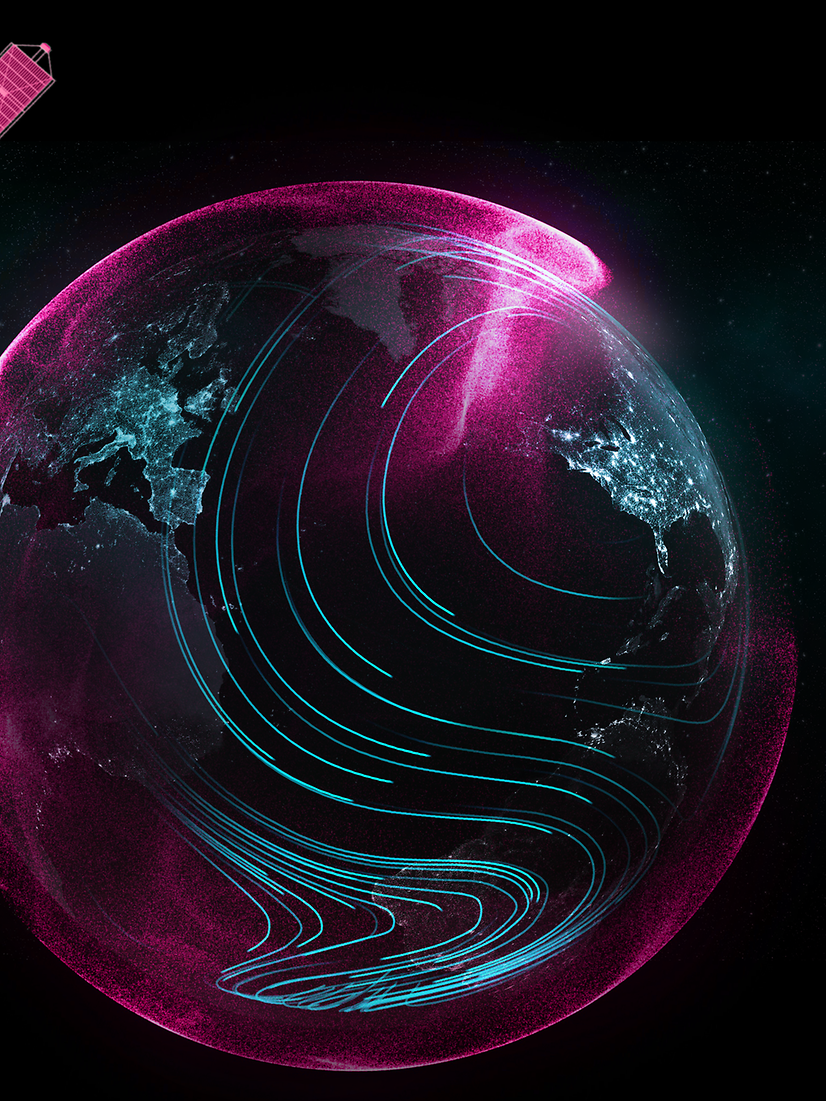IoT security is of crucial importance because it ensures the integrity, confidentiality and availability of connected devices and systems. IoT systems often process sensitive information, the loss of or unauthorized access to which, be it personal data or industrial trade secrets, can have serious consequences. Manipulated IoT devices can also relay false readings and cause damage. In many use cases, the system must be available at all times—not to mention the fact that security deficiencies can impair customer confidence in products and services.
The Security-by-Design approach integrates security functions in the development process of IoT devices. Certified hardware guarantees security standards and reduces the risk of vulnerabilities and backdoors. In contrast to WLAN or LoRaWAN, wireless networks in the licensed frequency range such as 5G, NB-IoT and LTE-M also offer standardized security. Blockchain technology is another highly promising approach to IoT security which ensures tamper-proof and transparent recording of transactions. That can help to build confidence between users and ensure the integrity of data interchange, which is especially important in areas such as rating and authentication.
IoT systems also help to protect critical infrastructures (KRITIS). IoT sensors can continuously record parameters like temperature, pressure, moisture, gas leaks and movements in plants and buildings. Coupled with intelligent algorithms, they recognize anomalies and unusual activities and automatically switch off systems, trigger alarms or notify security personnel. Critical infrastructures can be monitored and controlled remotely via IoT systems. Sensor technology also provides early warnings of environmental threats such as floods or heavy rainfall. Here, as in other areas, IoT security awareness needs to be further sharpened.
Degree of Effectiveness: 8 out of 10.


